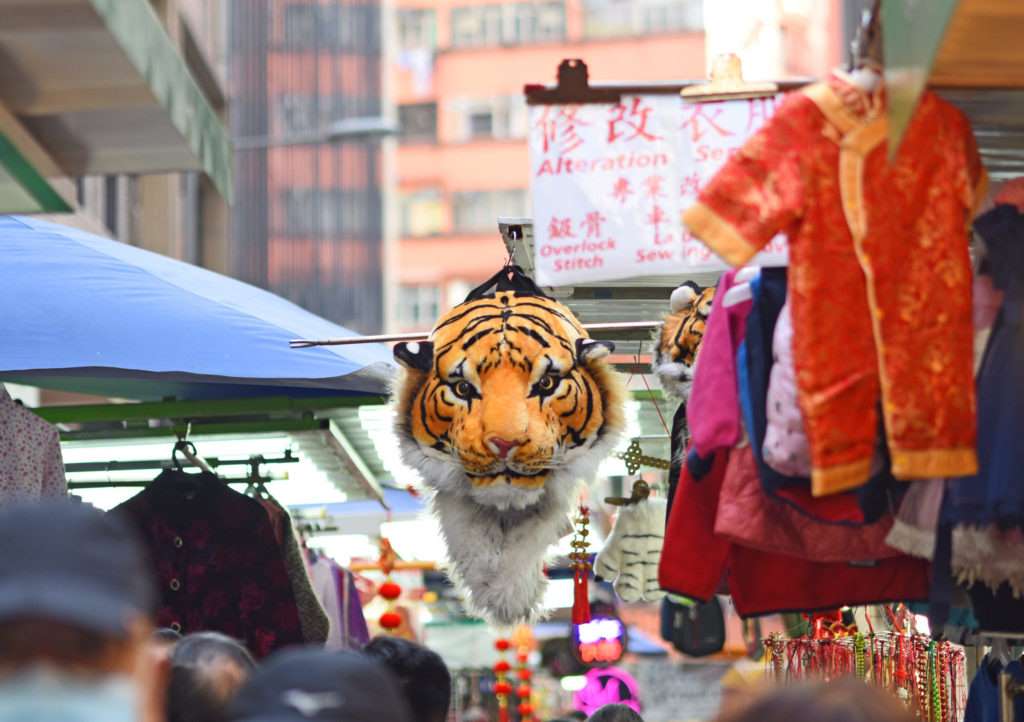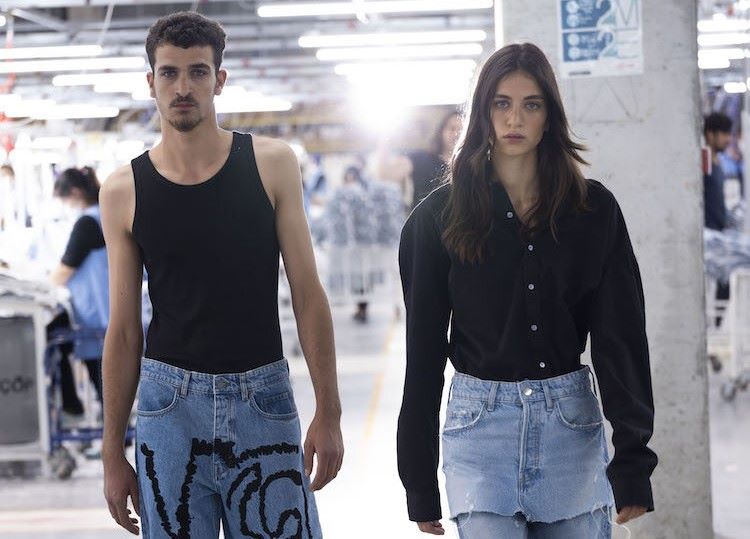"While there was a stigma attached to buying secondhand clothes earlier, now, “one person’s trash is another’s treasure,’ the resale market for secondhand fashion has become a runaway success with everyone jumping on to the bandwagon. In the United States alone, the secondhand market generated $24 billion sales in 2018. This is expected to increase to $51 billion by 2023. As the per ThredUp estimates, the secondhand market in the United States is likely to grow bigger than conventional market in the next five years."
 While there was a stigma attached to buying secondhand clothes earlier, now, “one person’s trash is another’s treasure,’ the resale market for secondhand fashion has become a runaway success with everyone jumping on to the bandwagon. In the United States alone, the secondhand market generated $24 billion sales in 2018. This is expected to increase to $51 billion by 2023. As the per ThredUp estimates, the secondhand market in the United States is likely to grow bigger than conventional market in the next five years.
While there was a stigma attached to buying secondhand clothes earlier, now, “one person’s trash is another’s treasure,’ the resale market for secondhand fashion has become a runaway success with everyone jumping on to the bandwagon. In the United States alone, the secondhand market generated $24 billion sales in 2018. This is expected to increase to $51 billion by 2023. As the per ThredUp estimates, the secondhand market in the United States is likely to grow bigger than conventional market in the next five years.
Internet shaping growth
Around 56 million of American women shopped for secondhand clothes in 2018. This was around 64 per cent of the total world’s female population over 18 years of age. One of the most important growth drivers was increasing use of Internet. Through e-commerce platforms, ranging from eBay to Rent the Runway, Internet not only shaped but also professionalised the universe of secondhand clothes.
the total world’s female population over 18 years of age. One of the most important growth drivers was increasing use of Internet. Through e-commerce platforms, ranging from eBay to Rent the Runway, Internet not only shaped but also professionalised the universe of secondhand clothes.
Another business that is forecasted to grow at a rapid speed by Reuters is that of garment rentals. It is estimated that the clothing rental business will grow at an annual average rate of 10.8 per cent until 2023, when it is expected to reach $1.9 billion.
Changing consumer mentality a big plus
Although several factors like sustainability and transparency have led to the growth of secondhand clothes market, an important factor that has driven this growth is the change in the mentality of the new age consumers. The new generation of consumers prefers to experiment with their lot more clothes rather than own just a few of them. This gives fashion rentals the biggest growth potential in the next few years.
Several brands and retailers in the United States have opened their doors to secondhand, rental or even subscription market, either through their own resale channels or by collaborating with specialized marketplaces. This can be seen from ThredUp which started its resale service this year in collaboration with companies like Macy’s or JCPenny. The company has also tied-up with Reformation to resale around 7,500 garments at the beginning of this year.
Similarly, Farfetch has launched the Farfetch Second Life platform, which enables luxury bag makers to exchange them for credit for Farfetch’s own ecommerce. H&M organised secondhand sales in April through the ecommerce of &Other Stories, whileNeiman Marcus, bought a stake of Fashionphile last April, a company specializing in selling secondhand accessories.
Rental market attracts consumers
The rental or subscription market is also attracting conventional retailers Urban Outfitters, Nike or Gap. Urban Outfitters launched the monthly clothing rental service Nuuly; Nike created the Adventure Club service of footwear for children between two to ten years old, while Gap has begun testing this terrain with Banana Republic, through the new Style Passport platform.












